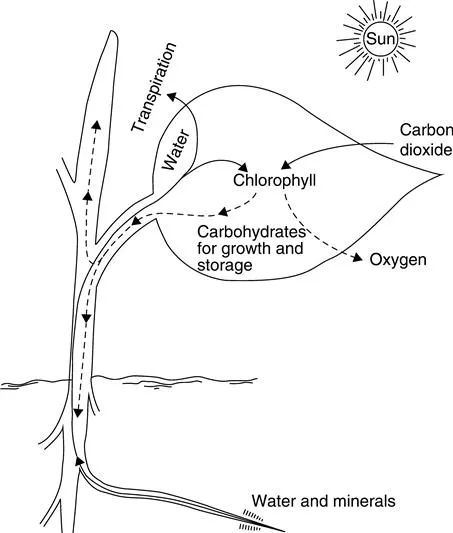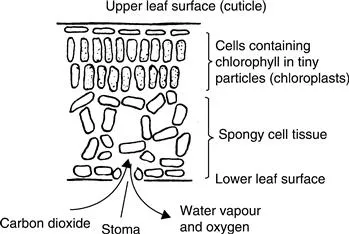
Lockhart and Wiseman's Crop Husbandry Including Grassland
- 608 pages
- English
- ePUB (mobile friendly)
- Available on iOS & Android
Lockhart and Wiseman's Crop Husbandry Including Grassland
About this book
Increased yields, markets, and profitability have led to changes in crop husbandry. Since its first publication in 1966, revised editions of Lockhart & Wiseman's Crop Husbandry Including Grassland have upheld and increased the book's good reputation. This ninth edition maintains its status as the standard textbook for many agricultural courses.Partone covers the principles of crop production with chapters concerning plants, climate, soil management, fertilizers, manures, weeds, and diseases threatening farm crops. Parttwo surveys crop husbandry techniques. Environmental impact has been addressed in greater detail in this edition. This section looks at issues such as sustainable crop management, precision farming, and organic crop husbandry. The way these general techniques apply to individual crops is explained in part three. This part considers a range of cereals, combinable break crops, root crops, industrial crops, and fresh produce crops. Partfour looks at the use of grassland and forage crops, with chapters considering arable forage crops, the characteristics of grassland, and the corresponding methods for establishing and improving grassland. This part also includes information regarding equine grassland management and conservation of grass and forage crops.This ninth edition of Lockhart and Wiseman's Crop Husbandry Including Grassland is relevant for students throughout the United Kingdom and Europe. It is a useful reference book for agriculture National Diploma courses, Foundation Degrees, and BSc degrees, and is important for Masters level students entering agriculture from another discipline.- The previous edition has been widely expanded and remains the standard text for general agriculture, land management, and agri-business courses- Includes new chapters on cropping techniques, integrated crop management and quality assurance, seed production and selection, and the influence of climate- Discusses basic conditions for crop growth, how techniques are applied to particular crops, the influence of weather, and the use of grassland
Frequently asked questions
- Essential is ideal for learners and professionals who enjoy exploring a wide range of subjects. Access the Essential Library with 800,000+ trusted titles and best-sellers across business, personal growth, and the humanities. Includes unlimited reading time and Standard Read Aloud voice.
- Complete: Perfect for advanced learners and researchers needing full, unrestricted access. Unlock 1.4M+ books across hundreds of subjects, including academic and specialized titles. The Complete Plan also includes advanced features like Premium Read Aloud and Research Assistant.
Please note we cannot support devices running on iOS 13 and Android 7 or earlier. Learn more about using the app.
Information
Plants
Abstract:
Key words
1.1 Introduction
1.2 Plant physiology
1.2.1 Photosynthesis
This takes place in the thylakoid membranes inside the ‘chloroplast’, an organelle found inside the cells of green tissue. Light provides energy for the chlorophyll molecule that releases electrons. These split water into oxygen and hydrogen.
The chemical reaction of this stage is:

The hydrogen then moves into the next stage:
This takes place in the watery stroma of the chloroplast. Here the hydrogen is combined with carbon dioxide by the Calvin Cycle to give carbohydrate and water:



1.2.2 Transpiration

Table of contents
- Cover image
- Title page
- Table of Contents
- Copyright
- Dedication
- Woodhead Publishing Series in Food Science, Technology and Nutrition
- Foreword
- Acknowledgements
- Introduction
- Part I: Principles of crop production
- Part II: Crop husbandry techniques
- Part III: The management of individual crops
- Part IV: Grassland and forage crops
- Appendices